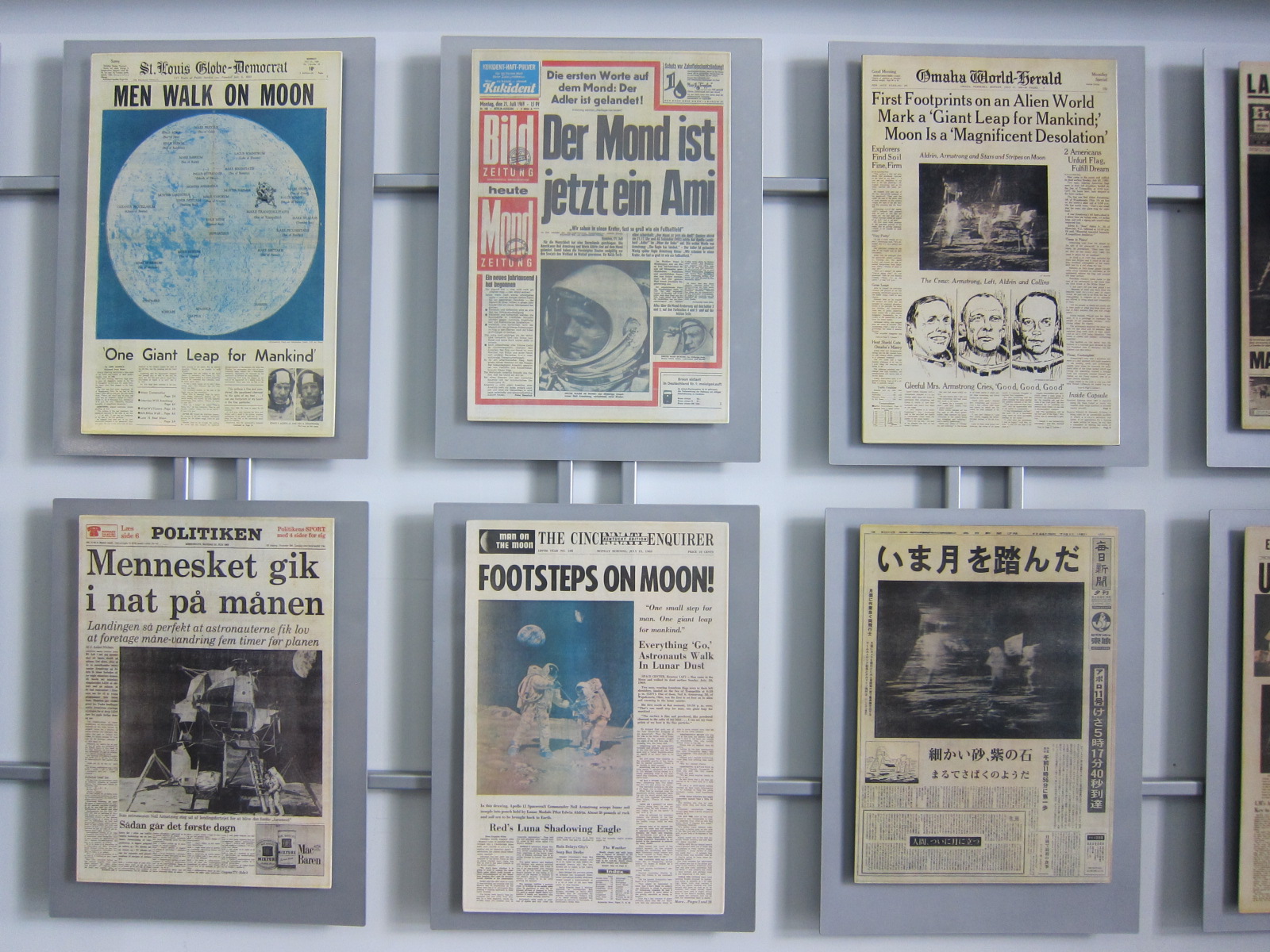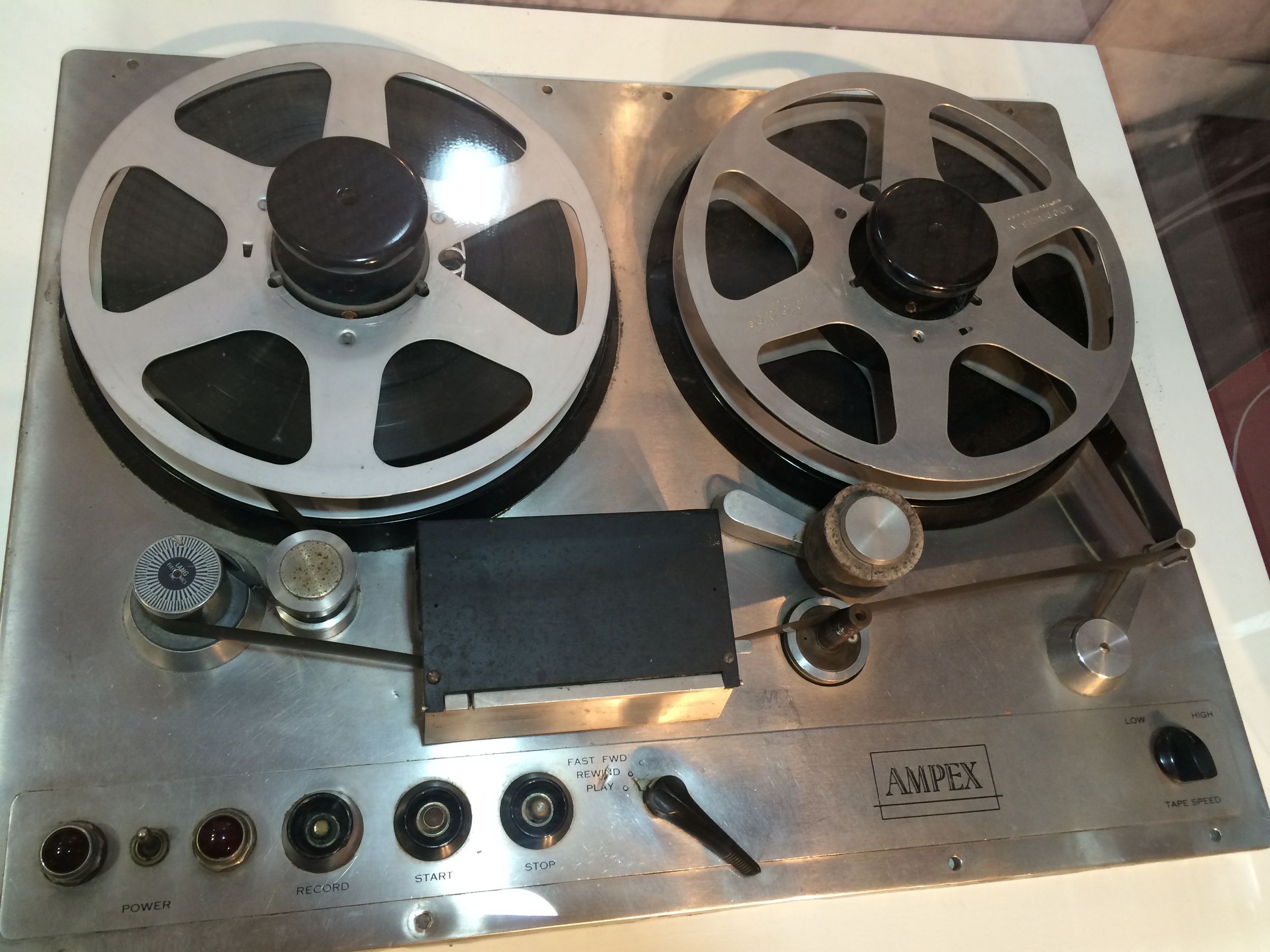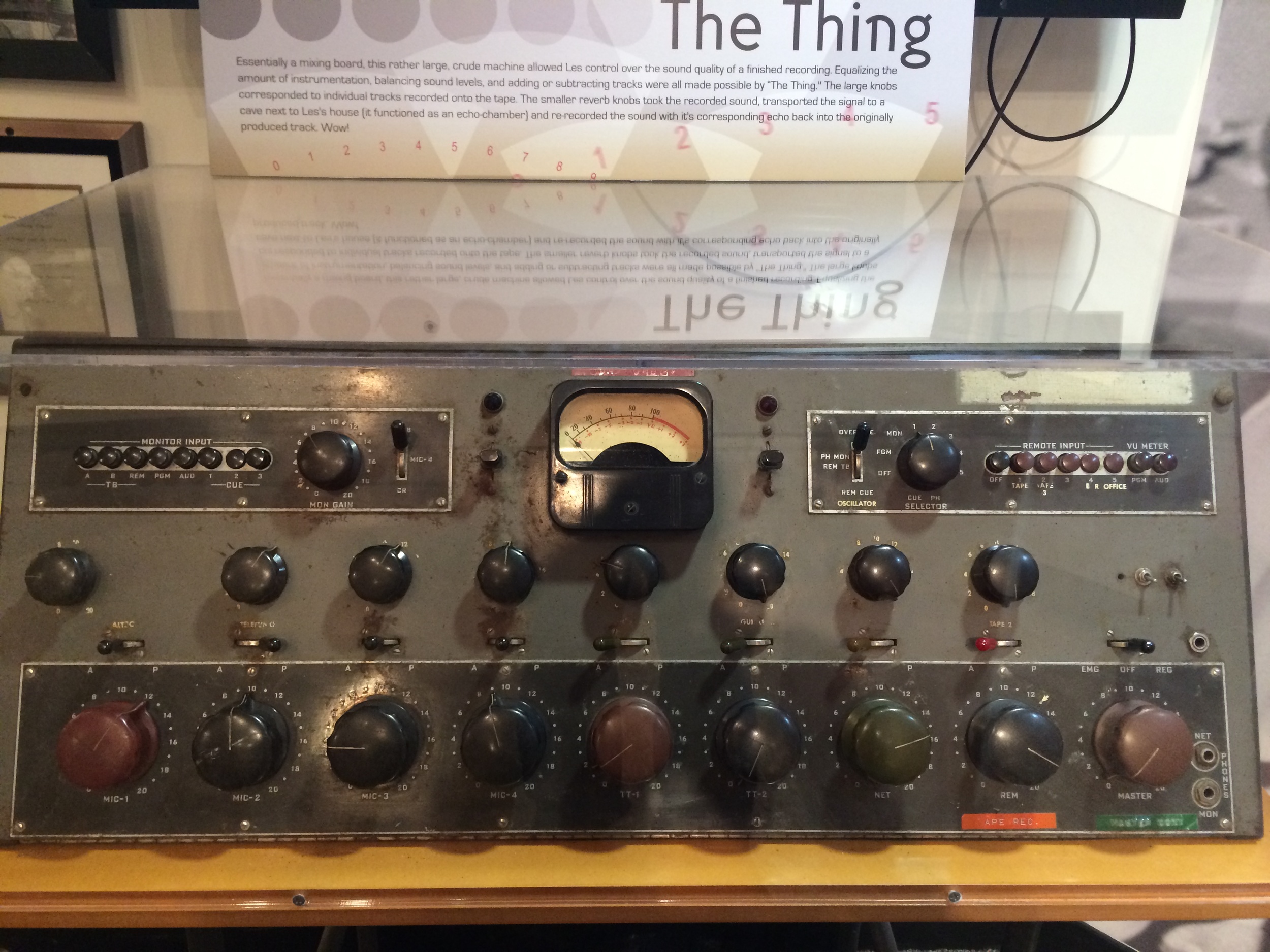Last night the series premiere of Cosmos, a miniseries exploring the universe, debuted on Fox. Its a reboot of the original 1980s series which was hosted by astronomer Carl Sagan, and is one of the most widely watched miniseries in history. I saw part of the original series in the mid and late 80s, but I was still young and didn't fully appreciate it.
Last night, a Cosmos saved my life.
After graduating college, my good friend Raymond told me about Sagan's book Cosmos, which was made after the TV series gained in popularity. I immediately recognized the name as the series that I watched so many years before, but I did not know that the book would become one of my favorites of all time. OF ALL TIME.
Sagan has a way of describing complicated topics such as the length of time since the big bang in terms that can be grasped by a variety of folks. His Cosmic Calendar - where the entire history of the universe is placed in a calendar year - remains one of my favorite ways to explain exactly how new humans are to the universe. All of recorded history takes place at the very, very end of the calendar. Puts things into perspective.
I had so much fun watching Cosmos and participating in the discussions that followed on and offline. Be sure to check me out on Twitter (@ShareefJackson) every Sunday at 9pm Eastern as I tweet about Cosmos during the show. A sample of my tweets from the premiere are shown below via Storify.








